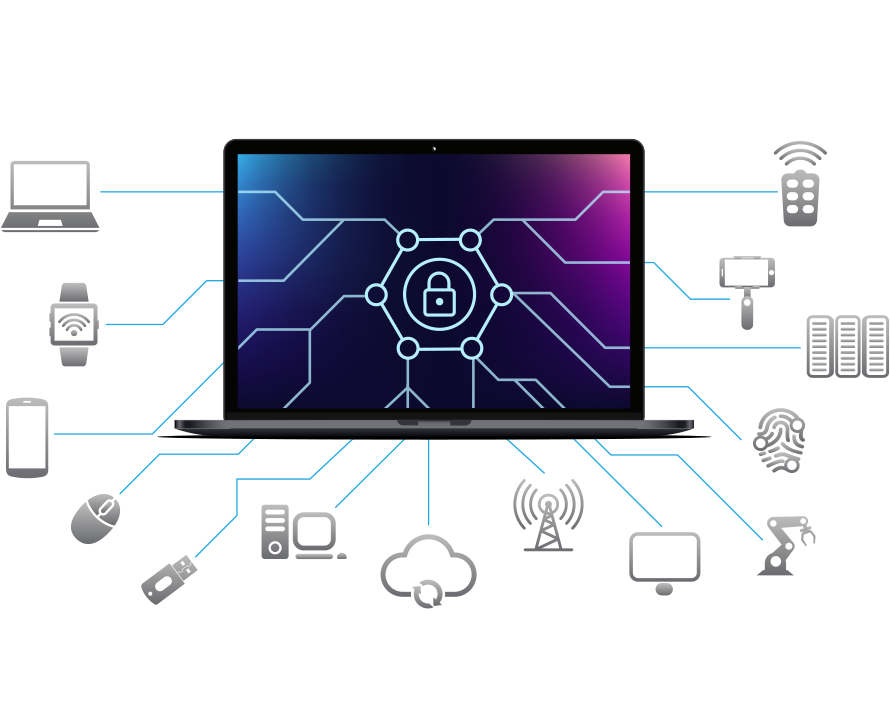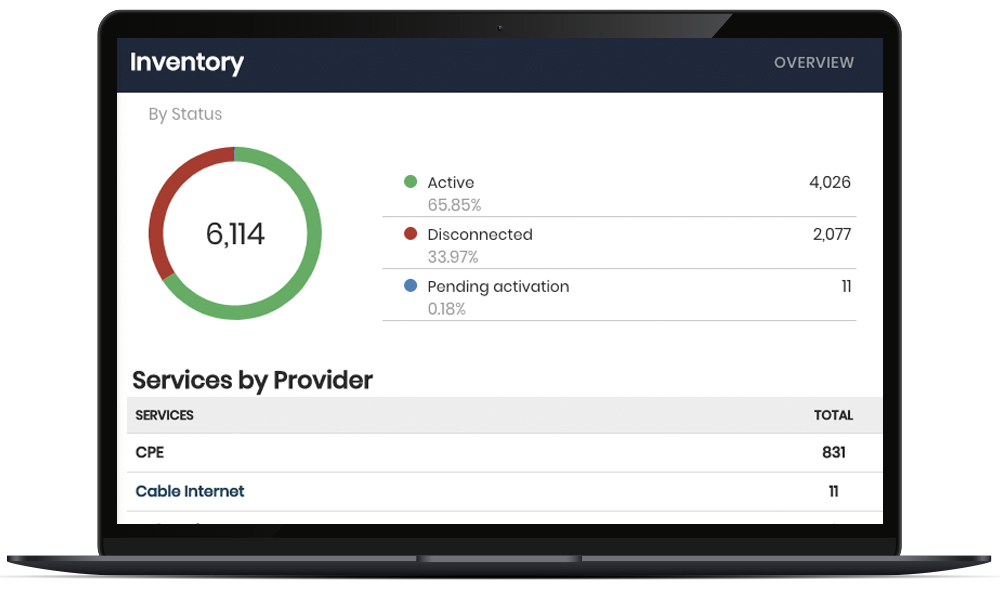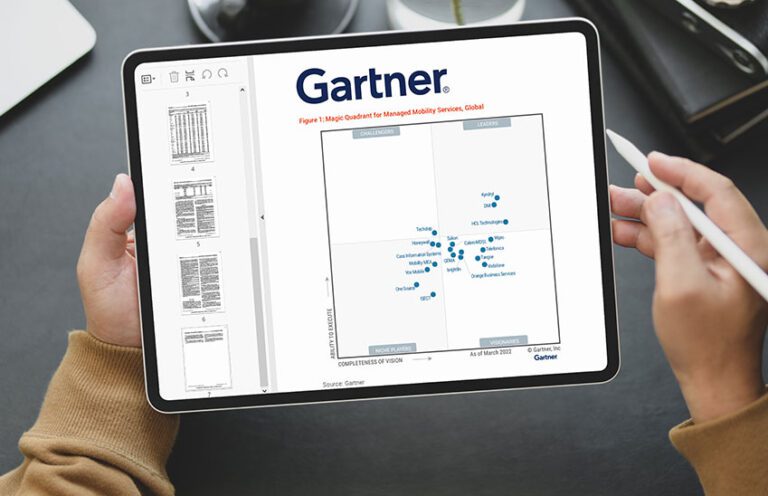Overview of IT Asset Management
IT asset management is a real-time account of the technology assets throughout the organization. It is ensuring that the firm’s technological assets are deployed, maintained, upgraded, and disposed when the time is right. Keeping track of an organization’s IT assets helps business leaders get a better sense of costs, risks, and value creation from the IT assets.
IT assets can encompass a variety of things, including hardware, software, and data. Historically, most of the IT assets rested within an organization’s domain. However, now with subscription services, app marketplaces, and more, the challenges of managing IT assets have increased. Having a clear idea of what’s going on with your company’s IT assets could mean knowing when you need to optimize some assets or replace them altogether.
Key Benefits of IT Asset Management
There are many long-term benefits to using ITAM best practices. These include cost savings, better software compliance, better customer service, and more IT assets under control.
There are also fewer governance risks, better inter-departmental communication, more support for disaster recovery, better budgeting, strategic decision-making, and improved planning for IT asset retirement.
One of the main goals of ITAM is to help IT departments overcome common challenges, such as asset tracking and inventory management. Maintaining an up-to-date inventory of all
IT assets is often one of the biggest challenges. Other issues include software licence compliance and the need to plan for the replacement or retirement of ageing technology that will soon be obsolete.
But of course, there are also numerous challenges that organizations must overcome when implementing an ITAM strategy.
These include budget limitations, lack of integration between different departments, difficulty identifying all IT assets, resistance to change from employees, and the need for advanced technology tools to effectively manage your IT assets.
However, with the proper planning and execution, these challenges can be overcome, and the benefits of ITAM can be realised.

9 Common ITAM Challenges
There are many ITAM challenges that organizations face. One of the most common is keeping track of all the IT assets. This can be difficult if there’s no standard procedure across business units when a new IT asset is added, moved, or changed.
Some of the most common ITAM challenges include:
- Tracking and inventorying all IT assets: Contrary to popular belief, tracking and inventorying your IT assets is not a one-time task. It’s an ongoing process that needs to be constantly updated. This can be difficult, as assets are continually being added, moved, or changed.
- Software licence compliance: Another common ITAM challenge is ensuring that all software licences are up-to-date and compliant with the terms of your agreements. This can be difficult, as it often involves complex contracts and compliance regulations.
- Planning for the replacement or retirement of aging technology: As technology ages, it becomes less effective and can eventually become obsolete. This makes planning for its replacement or retirement an essential part of ITAM.
- Budget limitations: Budget constraints are often a significant challenge for implementing ITAM best practices. This is because ITAM can require a substantial up-front investment, such as purchasing new technology tools or hiring additional staff.
- Resistance to change from employees: Implementing ITAM best practices can sometimes require changes in how your employees work, leading to pushback and resistance from employees concerned about their own job security.
- Difficulty identifying all IT assets: Organisations often have difficulty identifying their IT assets, as they are usually spread out across different departments and locations. This can make it challenging to get a complete picture of your assets and how they are being used.
- Need for advanced technology tools: You often need advanced technology tools and software to effectively manage your IT assets and implement ITAM best practices.
- Integration between different departments: The success of ITAM is often dependent on effective collaboration and communication between IT teams, department heads, managers, etc. However, integrating these different functions can sometimes be a challenge.
- Lack of order: The final challenge is maintaining orderliness. This includes having all the documents and files related to IT assets in one place that can be easily accessed and retrieved when needed. This can be difficult, especially as the number of IT assets grows.
However, IT asset management remains an essential part of any IT organization despite these challenges. By effectively managing your IT assets, you can improve cost savings, increase customer satisfaction, reduce governance risks, etc.
With a robust ITAM strategy, IT departments can avoid these challenges and keep their organizations running smoothly.

Technology Lifecycle Management
Assessing the cost of the IT supply chain is hard; the total physical costs of devices, infrastructure and applications are part of a huge number of other factors, from processes to people. Technology moves quickly, and so does our industry.
When new mobile use cases are discovered, and the costs and turnover rates of mobile devices are considered, the lifetime of mobile devices continues to change. There has been a lack of internal support when it comes to these new technologies.
To meet the needs of various mobile roles, prominent businesses turn to Brightfin’s industry experience to enable a high volume, low friction supply of mobile hardware. We can offer a best-in-class solution for your business with our knowledge of the IT Asset Management landscape.






